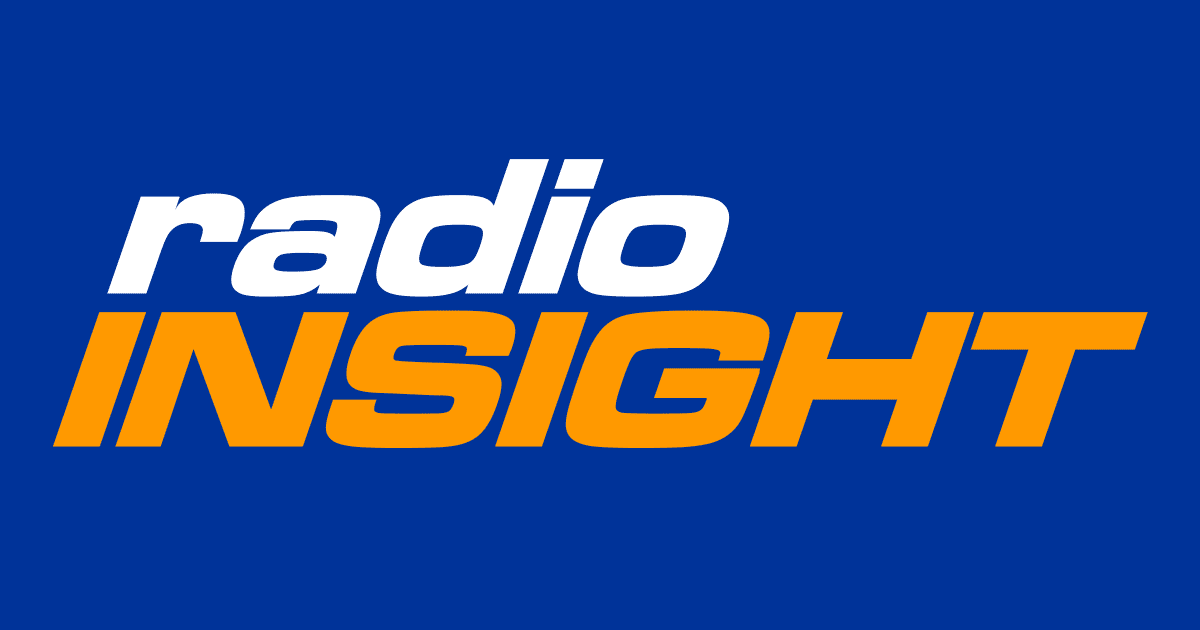Covering the survey period from Thu. 3/2/2023 thru Wed. 3/29/2023, age 6+ overall:

 radioinsight.com
radioinsight.com
or RadioOnline Chicago Ratings March 2023
Top 5+ demo rankings analysis for ages 25-54, 18-34 + 18-49:

 www.allaccess.com
www.allaccess.com
25-54: 1. WLIT 2. WOJO 3. WTMX 4. WUSN 5. WBMX 6T. WLS-FM (up from #11) 6T. WXRT (down from #3) 8. WDRV (down from #4)
18-34: 1. WUSN 2. WLS-FM (up from #7) 3. WOJO 4. WLIT 5. WKSC 6. WBMX 7. WDRV (down from #2)
18-49: 1. WOJO 2. WLIT 3. WUSN 4. WBMX 5. WLS-FM (up from #12) 6. WXRT 7T. WKSC 7T. WDRV (down from #3)

Chicago - RadioInsight
Nielsen Audio PPM Monthly Ratings Chicago (Market #3) Population: 8,028,600 Black: 1,347,600 - Hispanic: 1,773,100 Average Quarter Hour Share for Persons 6+, Mon-Sun 6AM-Mid 9/14-10/1110/12-11/811/9-12/612/7-1/31/4-1/312/1-2/28 OCT 23NOV 23DEC 23HOL 23JAN 24FEB 24STATIONNAMEFORMATOWNERCUME...
 radioinsight.com
radioinsight.com
or RadioOnline Chicago Ratings March 2023
Top 5+ demo rankings analysis for ages 25-54, 18-34 + 18-49:
Music & Radio Station News | AllAccess.com
Our Internet Music News and Radio News Breaking Stories are updated as they happen, when they happen. Receive first hand radio information from the company that has been bringing all the latest scoops since 1995. Receive up-to-the-minute breaking radio and music news right to your cell phone...
25-54: 1. WLIT 2. WOJO 3. WTMX 4. WUSN 5. WBMX 6T. WLS-FM (up from #11) 6T. WXRT (down from #3) 8. WDRV (down from #4)
18-34: 1. WUSN 2. WLS-FM (up from #7) 3. WOJO 4. WLIT 5. WKSC 6. WBMX 7. WDRV (down from #2)
18-49: 1. WOJO 2. WLIT 3. WUSN 4. WBMX 5. WLS-FM (up from #12) 6. WXRT 7T. WKSC 7T. WDRV (down from #3)

